 "ranwhenparked" (ranwhenparked)
"ranwhenparked" (ranwhenparked)
10/02/2020 at 20:49 ē Filed to: None
 4
4
 2
2
 "ranwhenparked" (ranwhenparked)
"ranwhenparked" (ranwhenparked)
10/02/2020 at 20:49 ē Filed to: None |  4 4
|  2 2 |
In one of the more notorious maritime accidents of WWII, the British cruiser HMS Curacoa (D41) was sliced in half and sunk by the British ocean liner RMS Queen Mary due to a rather serious navigational error.

Queen Mary in WWII with degaussing cable clearly visible
Curacoa
was sent to the north of Ireland to rendezvous with
Queen Mary
, inbound from the United States and loaded about 2/3 full with 10,000 American troops, and escort her the rest of the way through British waters.
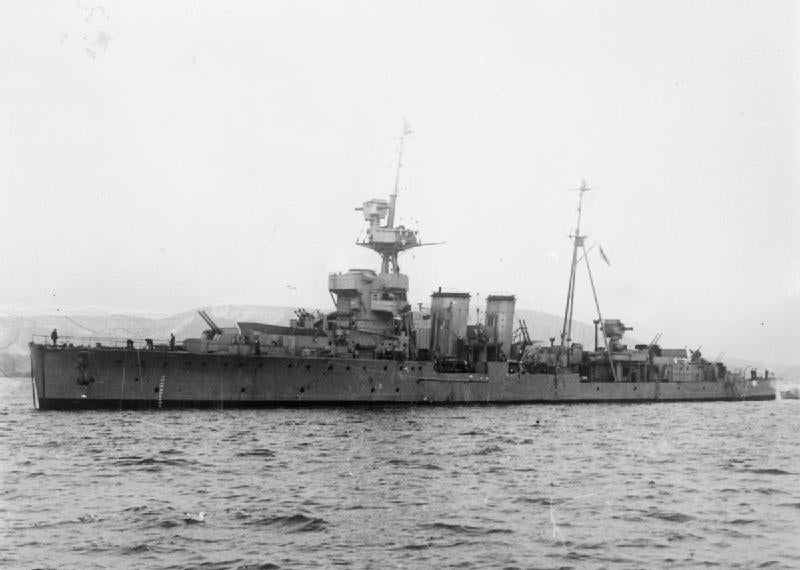
Curacoa, one of 28 C-Class light cruisers built between 1914-1919
Queen Mary
was steaming the prescribed zig-zag pattern in an effort to make the enormous 1,018 ft. long, 81,000 gross ton liner slightly harder of a target for the Germans to hit, and traveling nearly full speed, at about 29 knots.
Curacoa
was running flat out at her max of 25 in an effort to close the gap and stay with the ship she was supposed to protect. The captain of
Curacoa
apparently believed
Queen Mary
would more or less straighten out her course to be easier to follow, and moved in close so as to give better antiaircraft coverage, while the captain of
Queen Mary
decided to stay on the existing zig-zag course, and assumed that
Curacoa
, as the escort vessel, would give way and fall in to the
Queen
ís lead. Both captains believed they had the right of way, and, at about 2:04pm, the ships got too close, with
Curacoa
crossing in front of
Queen Mary
ís bow. The WWI era light cruiser was sliced completely in half, with both sections sinking within only 6 minutes.
Queen Mary
was ordered not to stop to take on survivors, but continue on at full speed due to the U-boat danger.
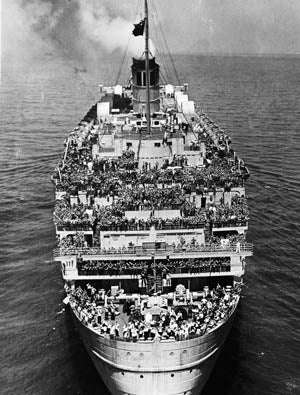
Queen Mary on a wartime troop transport voyage. Her capacity was typically between 10,000-15,000 troops, but set the all-time record for most people ever embarked on a ship in July, 1943, with 15,740 American troops in addition to her own crew of 933. Social distancing is not a thing that can exist in wartime
The destroyer HMS Bramham arrived several hours later and managed to pull 101 survivors out of the water, but a total of 337 crew lost their lives, mostly by being trapped inside while the ship sank almost instantaneously.
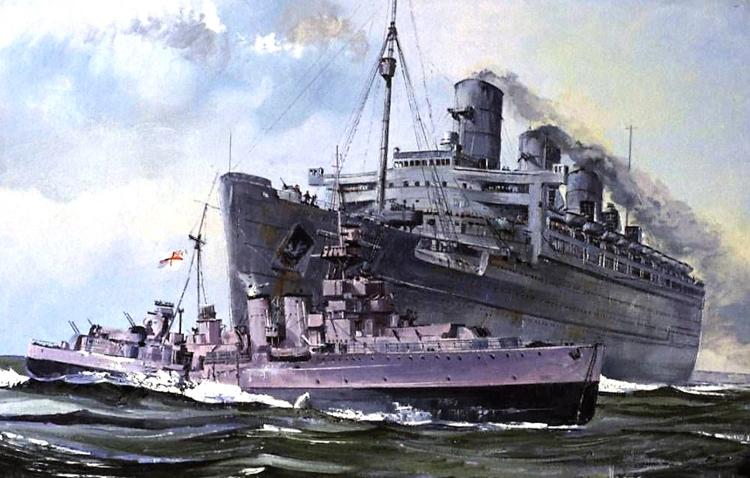
The Queen Mary, HMS Curacoa Incident (oil on canvas)
In order to maintain morale, the incident was not revealed to the public until after the war, with the initial inquiry handled under high secrecy. The initial judgement placed blame entirely on
Curacoa
ís master, but that was changed on appeal, with blame apportioned 2/3 to
Curacoa
, and 1/3 to
Queen Mary
ís owners, Cunard White Star Line.
Queen Mary
had her hull temporarily patched with concrete, then sailed again, almost on schedule, for the United States, where permanent repairs were performed in Boston.
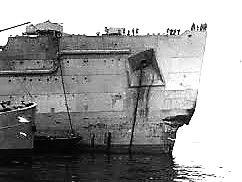
Queen Maryís damaged bow, being examined in port in Scotland
She survived the war and remained in transatlantic passenger service until sold to the city of Long Beach, California in 1967 for conversion to a convention center, museum, hotel, and tourist attraction, some of which was realized and opened in 1971. Unfortunately, the annual Halloween haunted house attraction hosted on board, along with the ghost-themed guided tours run throughout the year, have been accused of treating the Curacoa tragedy with less than sufficient respect in the interest of entertainment.
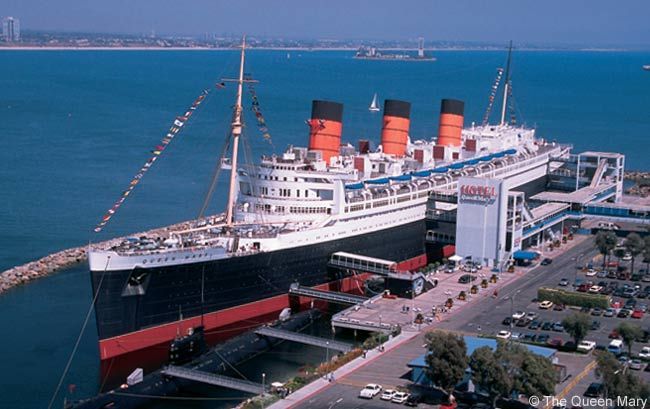
Queen Mary in Long Beach
 Jayvincent
> ranwhenparked
Jayvincent
> ranwhenparked
10/02/2020 at 22:32 |
|
The new streaming Tom Hanks movie, Greyhound, is all about the zig-zag pattern of u-boat avoidance used by A merican convoys headed to Britain and the high-stress environment of the escort ships. Itís very realistic and well done, if you like that sort of historical drama, Iíd highly recommend
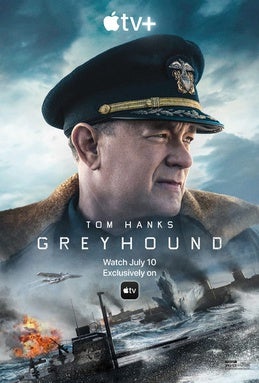
 ranwhenparked
> Jayvincent
ranwhenparked
> Jayvincent
10/02/2020 at 22:37 |
|
Iíve wanted to see it, but I donít believe I have Apple TV+ and have been trying limit the amount of streaming subscriptions I have, since they really do add up. Will have to look into it